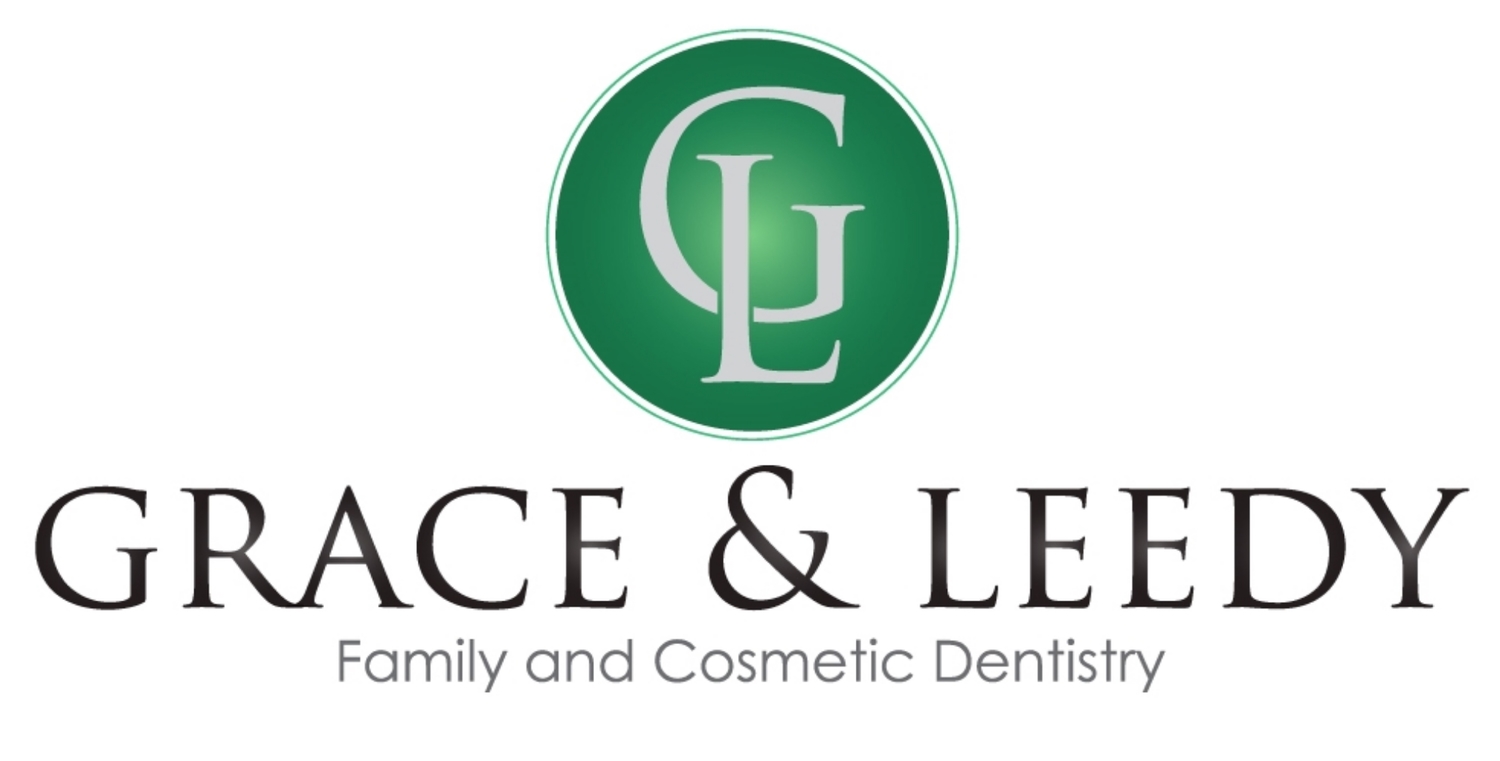In dentistry, injectables are substances that can be injected into soft tissues or joints for therapeutic benefit. These materials are used regularly in dentistry to treat a variety of conditions. Because of their pain-relieving properties, injectables are often used to alleviate facial and jaw pain caused by TMJ disorders.
These medications are injected right beneath your skin near your nerves to numb the area and relieve your pain. This treatment can offer quick, effective pain relief for a variety of painful conditions affecting your face. Our dentist in Lakewood, CO, can discuss whether you are a good candidate for an injectable treatment during your next visit.
What Causes TMD, Headaches, And Facial Pain?
Temporomandibular joint disorder (TMD) is a condition that causes pain in the joints connecting the jaw to the skull (temporomandibular joints). It’s sometimes called TMJ disorder or TMJ syndrome. TM joints can become inflamed when teeth aren’t in proper alignment. When this happens, muscles around the jaw can be strained and become overworked from trying to properly align the jaw. This can lead to continuous pain and discomfort as well as the development of chronic facial problems. Chronic clenching of the teeth or grinding puts excess strain on the temporomandibular joint, which can lead to aggravated symptoms. Headaches are commonly associated with TMJ disorders as well.
What Are the Different Types of Injectable Treatments?
The types of injectable treatments we offer include:
Botox
Botox is a non-invasive procedure that is usually used to paralyze muscles of the face that cause wrinkles temporarily. It works by relaxing the muscles around the targeted area, resulting in less wrinkling in that area. The treatment stops muscle movement in the area where it is injected and is widely used for aesthetic purposes.
Botox is injected into the patient’s skin through a fine needle. Patients may experience some discomfort during injections, but the procedure is otherwise painless. Botox typically requires multiple treatments to achieve desired results. Results typically last three to six months before another injection is needed to maintain results.
In addition to treating facial lines and wrinkles, Botox is also used to treat temporomandibular disorder (TMD), chronic migraine, and other disorders. Botox works by targeting nerves that connect to muscles in the face, thereby preventing or reducing the contraction of said muscles. This helps to prevent increased tension in the jaw that causes teeth grinding, TMJ, and clicks and pops in the joint. For this reason, Botox has also been found to be effective in treating headaches caused by muscle tension in the back of the head.
Xeomin
Xeomin is a neuromuscular modifier similar to Botox that is FDA-approved to treat moderate to severe glabellar lines in adults. It can also be used to treat cervical dystonia or excessive underarm sweating. In the field of dentistry, it can be used off-label to decrease muscle activity in the face to help treat TMJ dysfunction and facial pain.
When used for TMJ problems, small amounts of this drug are injected into the masseter muscles around the sides of the face to help relax them and decrease clenching and grinding of the teeth. This can help reduce pain associated with TMJ disorder as well as help the teeth wear more evenly. This also decreases tension in the jaw and neck muscles and relieves associated headache symptoms. While Xeomin is FDA-approved for several uses, it’s very important to only use it under the direction of a dentist who is familiar with its proper use.
To learn more about our cosmetic treatments, visit our office, Grace & Leedy Family & Cosmetic Dentistry, at 10881 West Asbury Ave. Suite 210, Lakewood, CO 80227. You can also reach Dentist in Lakewood, CO, at (303) 989-0452.



